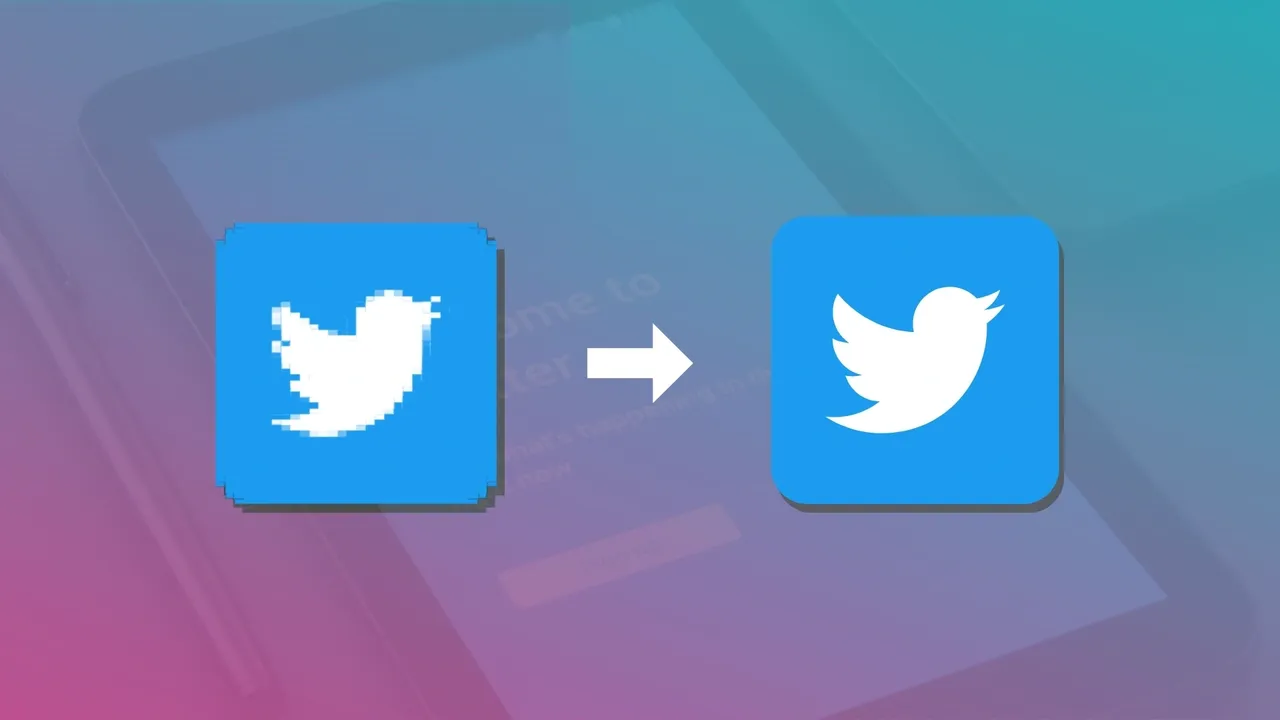Twitter isn’t really a big player when it comes to video content; that’s why it should come as a surprise when it announced that it’s now supporting higher quality video playback to ensure better video performance and an overall better viewing experience.
On a platform that’s predominantly text-content oriented, pauses that include video are often very refreshing and, ironically, sometimes even more engaging. On what is essentially a microblogging service such as Twitter, where the primary goal of interaction is to provide real-time updates and share information, incorporating better capabilities to make use of video content can transform the overpowered “status posting” platform into a viable engagement tool that can be effectively used for building business.
Current Twitter Video Upload Specifications:
Minimum Resolution: 32×32
Maximum Resolution: 1920×1200 || 1200×1900
Aspect Ratios: 1:2:39 – 2:39:1 range (inclusive)
Maximum Frame Rate (FPS): 40
Maximum Bitrate: 25mbps
In relation to Video Ads, Twitter suggests that:
“1200 x 1200 pixels is recommended for a 1:1 aspect ratio. 1920 x 1080 pixels is recommended for a 16:9 aspect ratio. Larger videos will be better optimized for when users click to expand videos.”
This update does not intend to improve any of these specifications but more to enhance Twitter’s back-end processing in order to deliver better visuals (i.e, less-to-no tearing, less pixilation, faster buffering, etc.).
Why This Matters
People love watching videos. Besides the fact that modern attention spans no longer go beyond 8 seconds, think of it as being the same timeframe that you have to capture someone’s interest. No matter how you look at it, a bad quality video simply won’t make the cut. To engage and capture people’s attention, a video has to be visually appealing and empathic. They’re already more interactive compared to images, so these other two qualities should be a priority in order to really hook prospects.
Some Quick Stats On Video Quality
- A survey conducted by Verizon Digital Media Services (VDMS) on 1000 respondents showed that around 85% of respondents said that they expect tv-like quality for internet videos.
- Average viewing time can drop by as much as 77% attributed to video quality drops.
- 25% of respondents said that they left a video due to poor quality 50% of the time.
- Brightcove states that an average of 62% of consumers will develop negative brand perception due to poor-quality videos and
- Around 60% won’t even engage your brand for exactly the same reason.
The Wrap
Though it may not be their Forte, Twitter took a step in the right direction by making sure that the efforts of those who produce and make use of quality video content are not wasted. By sparing a stain on the reputation of brands and business on the platform via ensuring that playback and visual quality is top-notch, Twitter is also promoting its own name and protecting its credibility as a professional, reputable brand.
Sources
https://bit.ly/SM-Twitter_Playback
https://thrivehive.com/why-quality-matters-in-video-advertising/
https://businesstown.com/importance-quality-online-video-marketing/

